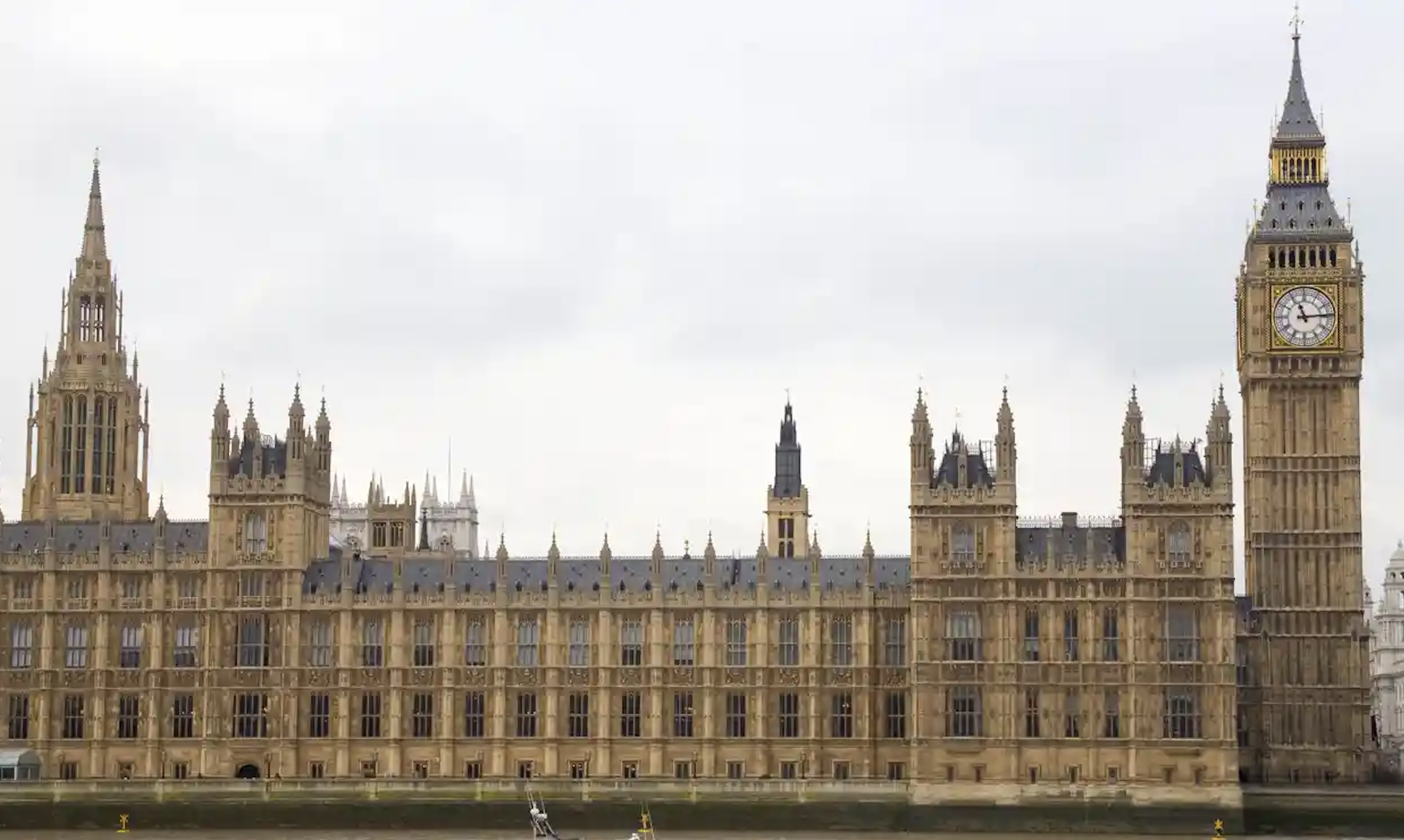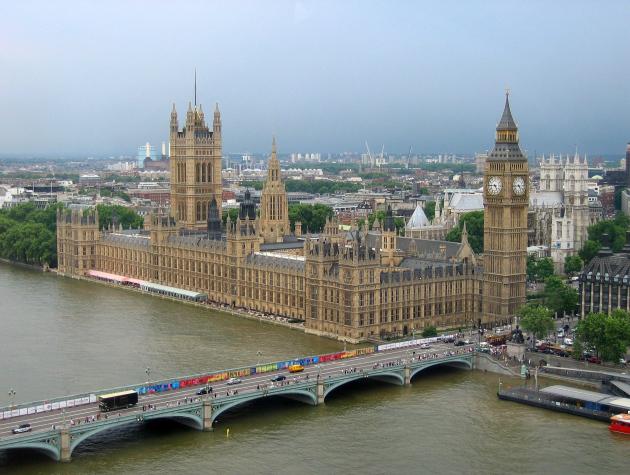What Future for the Multilateral Trading System? A GEG Special Address
Chair of the WTO’s General Council, Jonathan Fried, delivered a GEG Special Address charting the state of the global trading system
On the eve of the World Trade Organisation’s twentieth anniversary, it is easy to find critiques bemoaning the deadlock and stasis within the organization. In his GEG Special Address, Jonathan Fried, Chair of the WTO General Council, acknowledged the difficulties, but argued that the WTO remains the most important site for global trade.
Discussing the profusion of plurilateral trade agreements, such as the EU-US Transatlantic Trade and Investment Partnership (TTIP) or the Trans-Pacific Partnership (TPP), Fried argued that these agreements must be seen in concert with the WTO, complementing multilateral negotiations.
Much of the deadlock, Fried suggested, comes from internal tensions within the informal groupings that negotiate within the WTO. And yet, formalizing these groupings will not be constructive. Their informality allows for flexibility and negotiation, Fried said.
The WTO has spent the last 14 years on the Doha Development Round. Trade negotiations were to be underpinned by their impact on development. But disagreements over the basics, most especially agriculture, continue to hold up talks.
There is scope, however, for a globally more joined-up effort on development: trade alone does not secure growth. Fried pointed to the importance of the WTO’s trade advice being in concert with macroeconomic policies from the IMF and World Bank, and the structural reforms promoted by development agencies.
The WTO must be on guard against losses of legitimacy as it grapples with calls for reform, as GEG’s Emily Jones has argued. Jonathan Fried’s Special Address gave a compelling insider’s account of the context in which the WTO is operating and the likely trajectory of the global trading system.







